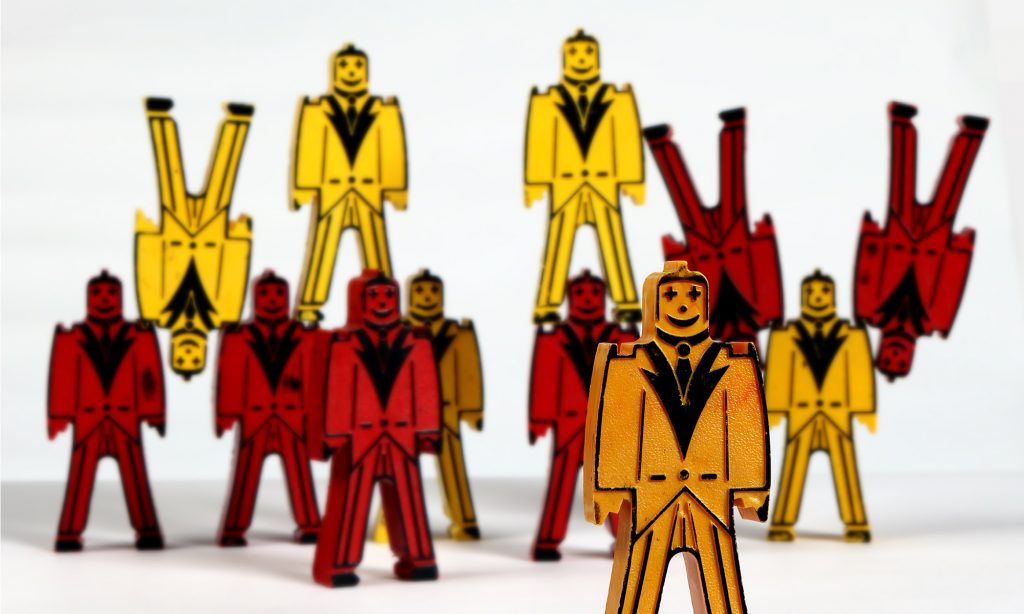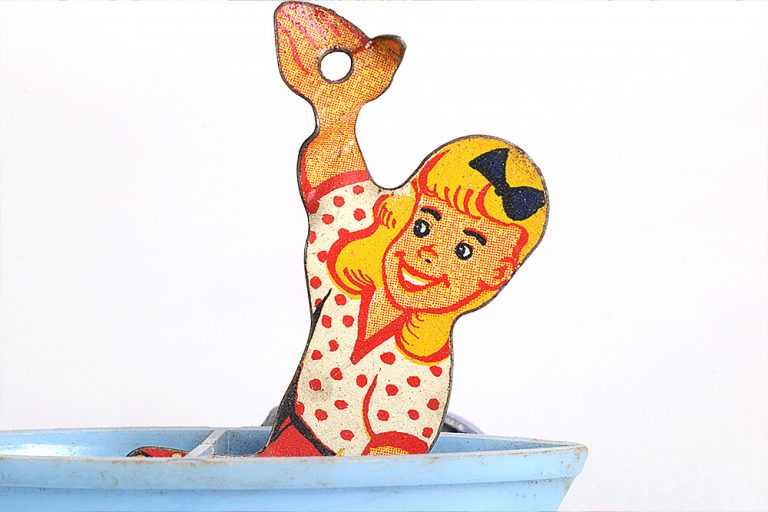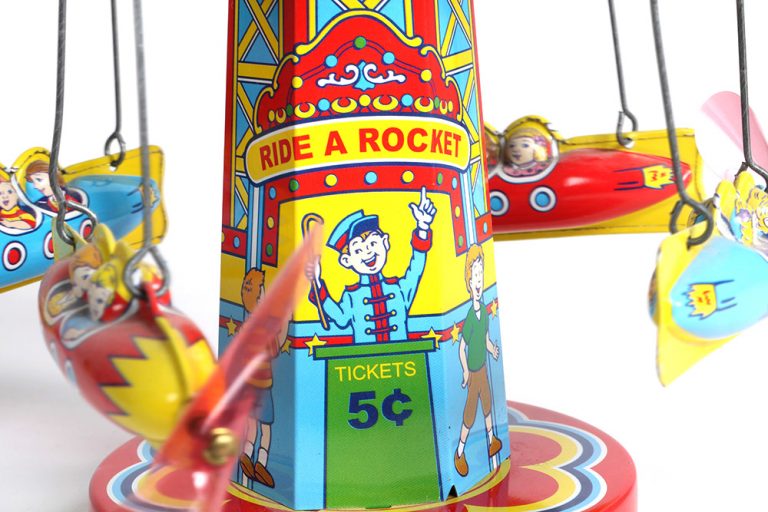Your Brand Isn’t What You Think It Is
Oftentimes, people talk about their brand as if it was something that we could physically see, grab it, put it on a pedestal, wrap a bow around it and take its picture. And if the brand wasn’t performing, you could take it down, slap some paint on it, place it back up on that pedestal, and voilà, you have a new brand.
That’s not what your brand is. And by the way we’re going to define a brand, your brand literally is not what you think it is.
Let me explain…
Brand = Perception
Your brand is nothing but perceptions. It’s how people think about you, your business, your products, your service. And what you think really doesn’t matter, it is entirely made up of what others think. Your brand is the accumulated perceptions of everyone that thinks about it. It’s how others perceive you. (And it’s possible to have multiple brand perceptions, more on that later.)
So let’s look at this a little closer with a famous example from the past. Before the iWatch became an actual product, there were digital watches that used quartz technology and little batteries, and before that there were little gears that turned against each other wound by a spring.
Timex watches has been around over 150 years. By the early 1960s, it was the largest seller of watches in the United States. It hired well-known newsman John Cameron Swayze to be a spokesperson, who delivered live demonstrations on TV of the watch under extreme conditions (underwater, skydiving, inside paint mixers, etc.) ending with their tagline “Takes a licking and keeps on ticking!”
The Timex Brand
The Timex brand for years, and true to this day, is of a quality watch for the everyday wearer. It’s a watch that you wear to work and expect it to work day after day. Not a bad brand position to have.
But what would happen if Timex wanted to make a more expensive watch? What if they wanted to compete with Rolex or Tag Heuer? Or perhaps Bulova or Seiko? With over 150 years of watchmaking history, it is certainly feasible that they would have the wherewithal to be able to make watches that compete with these more expensive brands and make an extraordinary watch in the process. But the real question is would people buy them?
Probably not. The brand perception has them pigeonholed as a company that makes good quality watches at a more reasonable price. That is their brand. People aren’t going to show off their more expensive Timex watch. It could be the best watch that money could buy, but the perception in the mind of the public has defined the brand. Doesn’t matter if Timex really wants to compete in that market, they probably wouldn’t have much success there.
That is the main reason that Japanese carmakers Honda, Nissan, and Toyota decided not to compete in the luxury car brand with their brands. They knew that a BMW owner, for example, wouldn’t pay a lot of money for a Toyota. So these brands all created new brands: Acura, Infiniti and Lexus as their brands in the luxury car market. This way they wouldn’t be held down with the Honda, Nissan and Toyota brand perceptions. It’s easier to create a brand from scratch than it is to change the perceptions of an established brand.
It’s not impossible
Although it is extremely different to change a brand’s perception, it isn’t impossible. Going back to the automotive industry, one example is Hyundai. The Korean manufacturer really had a reputation of poor quality, cheap cars when they first came to the United States. This was their brand. But over time, they were able to change the perceptions.
They started by first building a better car. You can’t just have great marketing to fix a problem, you have to actually fix the problem. But then advertising was put in play to tell that story. They created the 10 year/100,000 mile warranty. This was a brilliant marketing strategy and tactic. (Read our other article about challenger brands where the first step in competing with bigger brands is to neutralize any advantage of that bigger brand.)
Next they hired (among others) NBA star Charles Barkley to talk about these newer, better versions of the Hyundai cars. They didn’t shy away from the lower quality perception that was there but instead challenged the viewer to reshape their thoughts. Their tagline gave a nod to those perceptions with “Hyundai? Yes, Hyundai.”
Over time, Hyundai was able to change their brand. They are no longer considered a cheap car that falls apart within a few years, instead they are considered a quality car that is comparable, perhaps better, than the other brands in their price range.
It’s what people think
So your brand is not what you think it is, it is what others think it is.
To take this even a step further, we have to realize that there are variables that play into this. The first variable is defining who it is that is holding the perceptions. Brands can have multiple audiences. As such, your brand can have different meanings to different people. If a brand has been around a long time, those that have known it longer may have a different perception than those that may be introduced to it for the first time. This could be due to the age or experience of the consumer (a first-time expectant mother is going to be introduced to brands that a year earlier she had no previous exposure to prior), could be due to geography (expanding your brand into new markets), or could be something entirely different. The bottom line is that there could be multiple perceptions for the exact same product.
We also need to take into account that your brand is being shaped by others, not just your consumers. Influencers play into your brand perception. Influencers can be online reviewers, distribution and store managers, the media (including social media), politicians, and of course, your competition. So the influencers’ perceptions, and their actions due to their perceptions, will affect the perceptions of others.
If you’re new, it’s really important to get it right from the start
As mentioned earlier in the case in the story of the Japanese luxury cars, sometimes it is easier to start from scratch rather than to try to change the consumers’ established perceptions. It is almost impossible (almost being a keyword) to change someone’s perception once it has been locked into their brain.
But if you are launching a new company, product, or service, you can see how important it is to get the brand image right from the start. It is much better to spend a little extra time honing that imagery and story before you launch than it is to try to change things after the fact. This is about the only time where what you think of the brand has equal weight on what the brand actually will become.
Branding, the final word
Finally, our definition of “branding” is the way you influence what others think of your brand. That’s all you can do, you can try to influence the way they think. You cannot actually make them think one way or another, that scenario is only true in science fiction comic books and movies and usually the superhero overthrows the brain-controlling nemesis in the end anyway.
Your first job as a marketer is to understand what the perceptions are and why people think the way they do. Your second job is to steer them to a different conclusion if needed, or to reinforce that brand perception if desired. It is always easier to work with an established brand than it is to change it.
©2020 Randy Gunter




